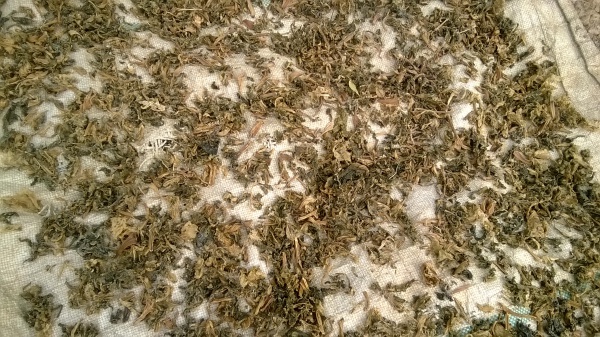Facts About Gundruk
Gundruk, a cherished fermented leafy green vegetable, holds a special place in Nepalese cuisine and is even regarded as one of the country's national dishes. Its popularity extends beyond Nepal, with Nepalese families around the world savoring it. Annually, about 2,000 tons of gundruk are produced in Nepal, predominantly through traditional household methods.
So, what exactly is gundruk? It's made by fermenting leafy vegetables such as mustard, radish, and cauliflower leaves. Occasionally, radish roots are also added to enhance its flavor. Gundruk is typically served as a side dish or appetizer accompanying the main meal, and it's rich in minerals, making it especially beneficial for diets otherwise lacking in these nutrients.
The process of making gundruk begins with wilting and shredding the leaves. These shredded leaves are then packed into an earthenware pot, covered with warm water, and left to ferment for about a week. Natural microorganisms like Pediococcus and Lactobacillus initiate the fermentation, lowering the pH and increasing the acidity. Once the fermentation is complete, the gundruk is sun-dried, similar to the preparation of sauerkraut or kimchi.
However, there is a drawback. Traditional sun-drying methods can result in a significant loss of carotenoids, up to 90%. This means that while gundruk is nutritious, its nutritional value could be further enhanced with improved drying techniques.

 India
India